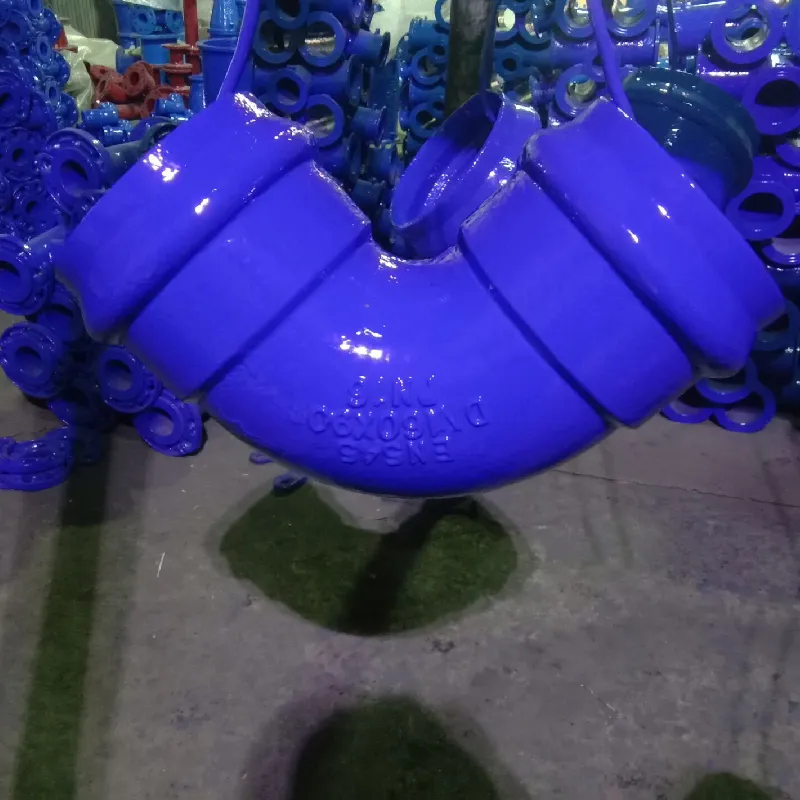air vacuum relief valve irrigation
The Importance of Air Vacuum Relief Valves in Irrigation Systems
Irrigation is a crucial aspect of modern agriculture, providing the necessary water supply for crops to thrive. As the demand for efficient water management grows, the complexity of irrigation systems has increased. One integral component that enhances the efficiency and safety of these systems is the air vacuum relief valve. Though often overlooked, these valves play a vital role in maintaining the functionality of irrigation systems, preventing damage and ensuring optimal water flow.
Understanding Air Vacuum Relief Valves
An air vacuum relief valve is designed to manage the pressure within irrigation pipelines. It serves to release air from the system during the filling process and to allow air to enter the system during draining, thereby preventing a vacuum condition. Vacuums can lead to several issues, such as collapsing pipes or causing sediment build-up, which can severely affect the system’s efficiency.
The Role of Air Vacuum Relief Valves in Irrigation
1. Preventing Water Hammer One of the most critical functions of air vacuum relief valves is preventing water hammer—a phenomenon characterized by a sudden rush of water that creates pressure surges. Water hammer can be damaging to pipelines, leading to leaks, bursts, and costly repairs. By allowing air to escape and stabilizing pressure fluctuations, air vacuum relief valves help mitigate this risk.
2. Maintaining System Integrity In an irrigation system, maintaining consistent pressure is crucial for effective water distribution. If a vacuum occurs, it can compromise the structural integrity of the pipes. The resulting collapse can obstruct water flow and create costly downtimes. Air vacuum relief valves ensure that there is always a balance of air and water within the system, thereby safeguarding the physical components.
air vacuum relief valve irrigation

3. Facilitating Drainage After an irrigation cycle, it is essential to drain the system efficiently to prevent the buildup of stagnant water, which can lead to root rot and mold in agricultural settings. Air vacuum relief valves facilitate this drain process. By allowing air to enter the system as water is expelled, they help to ensure that water drains quickly and effectively.
4. Extending System Lifespan By preventing pressure-related damage and facilitating proper drainage, air vacuum relief valves can significantly extend the lifespan of an irrigation system. Regular maintenance and the inclusion of these valves can reduce the need for repairs and replacements, ultimately resulting in cost savings for farmers.
5. Improving Water Efficiency Efficient water management is essential in agriculture, especially in water-scarce regions. By preventing leaks and pressure losses, air vacuum relief valves contribute to the overall efficiency of the irrigation system. This ensures that every drop of water is used effectively, maximizing the benefit to crops while minimizing waste.
Installation and Maintenance
Installing air vacuum relief valves involves strategic placement at high points within the irrigation system. These locations are critical for allowing air to escape and enter appropriately. Maintenance is equally crucial; valves should be inspected regularly for clogs and functionality. Proper maintenance ensures that the system operates effectively and that the valves perform as intended.
Conclusion
In conclusion, air vacuum relief valves might not receive the attention they deserve in the discussion of irrigation system components. However, their role in preventing vacuum conditions, managing pressure, facilitating drainage, and improving water efficiency is paramount for modern agricultural practices. With the increasing pressure on water resources and the need for sustainable agricultural methods, understanding and implementing air vacuum relief valves is more important than ever. Farmers and irrigation managers should prioritize the integration of these valves into their systems, ensuring not only the longevity of the infrastructure but also the health of their crops and the sustainability of their practices. By recognizing the importance of air vacuum relief valves, the agricultural community can move towards a more efficient and responsible future.
-
The Smarter Choice for Pedestrian AreasNewsJun.30,2025
-
The Gold Standard in Round Drain CoversNewsJun.30,2025
-
The Gold Standard in Manhole Cover SystemsNewsJun.30,2025
-
Superior Drainage Solutions with Premium Gully GratesNewsJun.30,2025
-
Superior Drainage Solutions for Global InfrastructureNewsJun.30,2025
-
Square Manhole Solutions for Modern InfrastructureNewsJun.30,2025
-
Premium Manhole Covers for Modern InfrastructureNewsJun.30,2025
